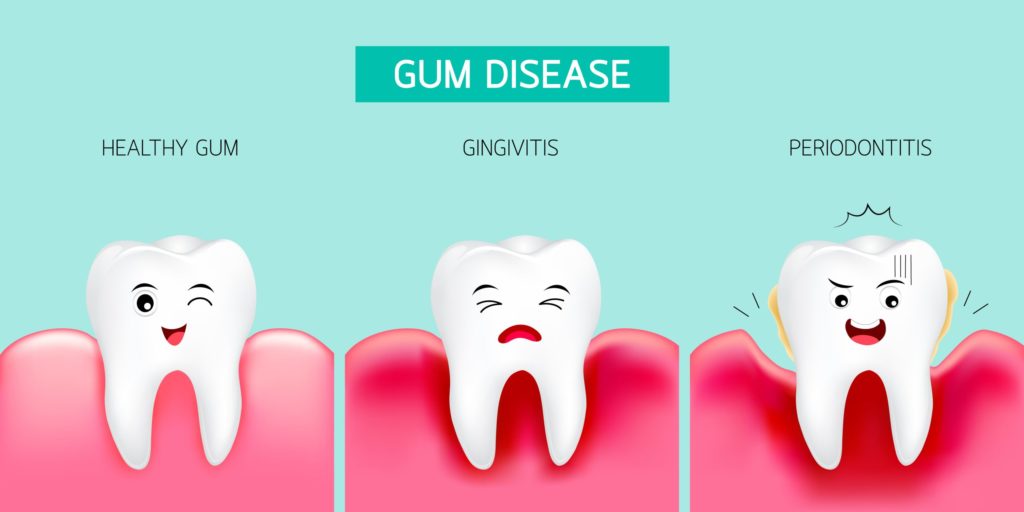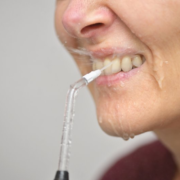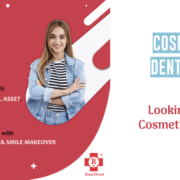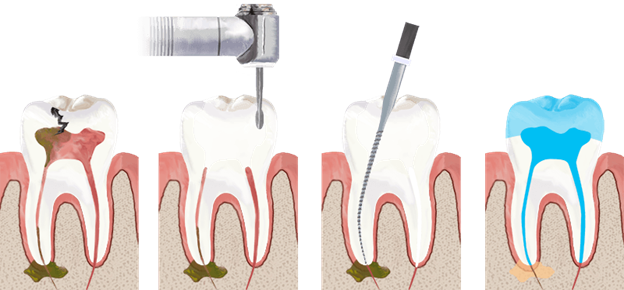If your gums itch and bleed or you notice red, swollen gums it could be a sign of gingivitis, also known as periodontal disease. It’s not uncommon. It affects up to 50% of adults and is particularly common among people with diabetes, asthma, and other chronic conditions. If left untreated, gingivitis can lead to tooth loss and other serious health issues. Fortunately, there are simple steps you can take to avoid or reverse the effects of this unpleasant condition. Keep reading to learn more about what causes gum disease and how to prevent it in the future
What is gingivitis?
Gingivitis is the mildest form of gum disease. It is an infection in the gums caused by bacteria that leads to swelling and bleeding. If left untreated, it can develop into Periodontitis, a more serious form of gum disease that can lead to tooth loss. Gingivitis is caused by bacteria that are found in everyone’s mouths. Normally, these bacteria stay in the gum area and do not cause any problems.
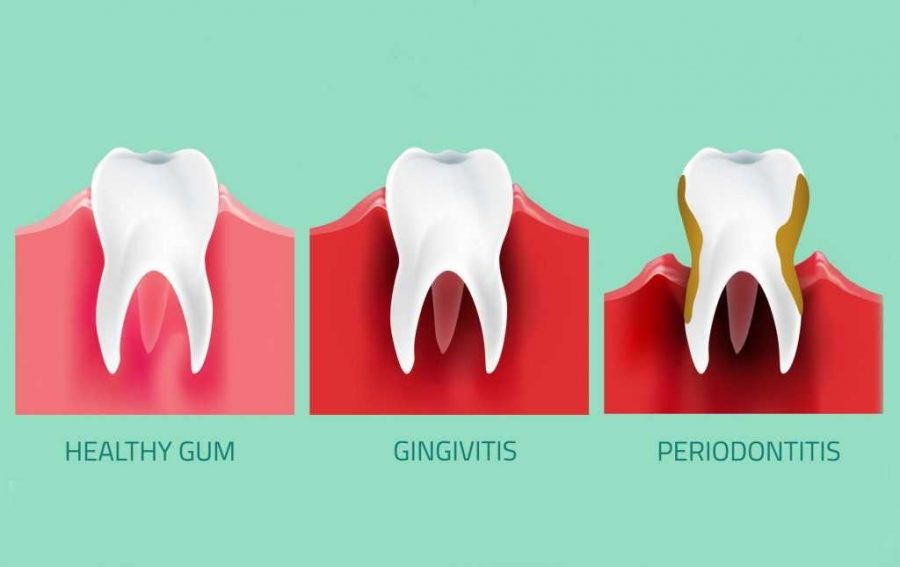
However, when plaque builds up on the teeth, it forms a sticky film that traps more bacteria. This plaque buildup occurs when people do not brush and floss daily. It can also occur in people who have a condition that affects how their body removes plaque, such as diabetes. Gingivitis is reversible through daily brushing, flossing, and visiting your dentist. If you have gingivitis, it is important to take steps to reverse it so that it does not turn into Periodontitis. If left untreated, gingivitis can lead to tooth loss and other serious health issues.
Gingivitis or Gum Disease
Gingivitis is a non-destructive type of periodontal disease Trusted Source. People may generally refer to this as gum disease. Gingivitis is an early form of gum disease and typically produces mild symptoms. There are two main types of gingivitis. Both types of gingivitis can progress to periodontitis if a person does not treat them adequately. Periodontitis is a more severe condition and can lead to further complications, such as loss of teeth.
Dental plaque-induced gingivitis occurs when plaque buildup irritates a person’s gums, resulting in inflammation, discolouration, and pain.
Non-plaque-induced gingival lesions can result from a bacterial, viral, or fungal infection. Allergic reactions, illnesses, and reactions to foreign bodies such as dentures, may also cause this type of gingivitis.
How do you know if you have gingivitis?
If your gums are red, swollen, and bleed when you brush your teeth, chances are you have some level of gum disease. The first sign of gingivitis is bleeding gums, which can be alleviated by flossing more. Other symptoms include a bad taste in your mouth, bad breath, and if left untreated, the gums can pull away from the teeth. Gingivitis is reversible, but you will want to prevent it from progressing to periodontitis. If you have gingivitis, you should talk to your dentist about how to reverse the condition.
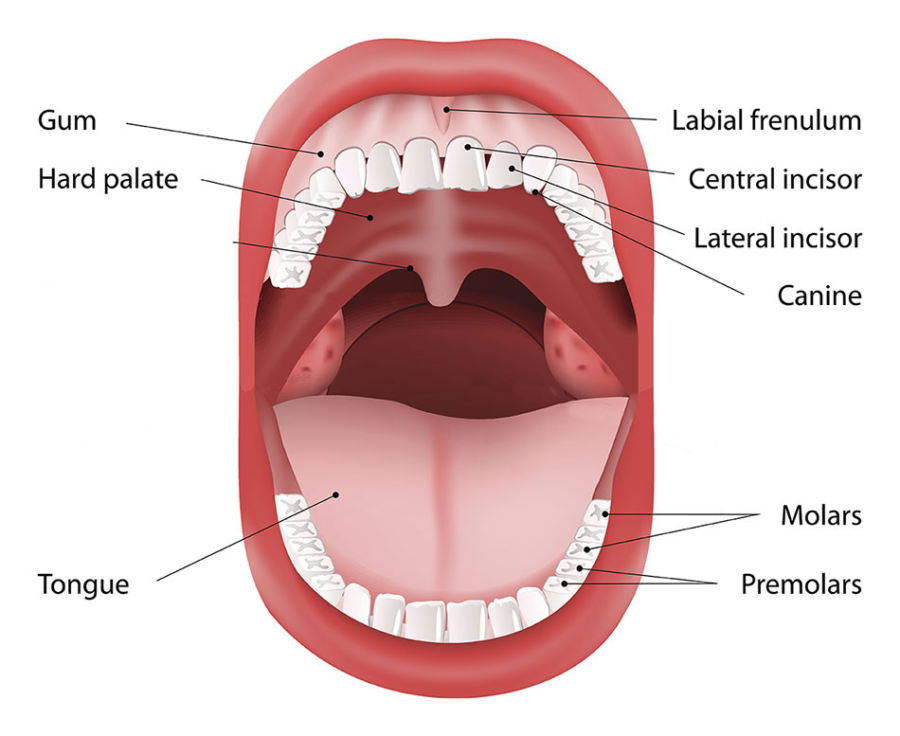
- Gum inflammation and discolouration
- Tender gums that may be painful to the touch
- Bleeding from the gums when brushing or flossing
- Halitosis, or bad breath
- Receding gums
- Soft gums
What causes Gum Disease?
If you want to know what causes gum disease, you first have to understand plaque. Plaque is a sticky film that can build up on your teeth, if not removed daily. Plaque contains bacteria that can cause gum disease. Gum Disease is caused by the bacteria in plaque building up in the gums. This can lead to red, swollen gums, and bleeding. If left untreated, the bacteria can spread and cause damage to the bone and tissue that holds the teeth in place. Gum Disease can be prevented with daily brushing, flossing, and visiting your dentist. If you have gum disease, there are steps you can take to reverse it.
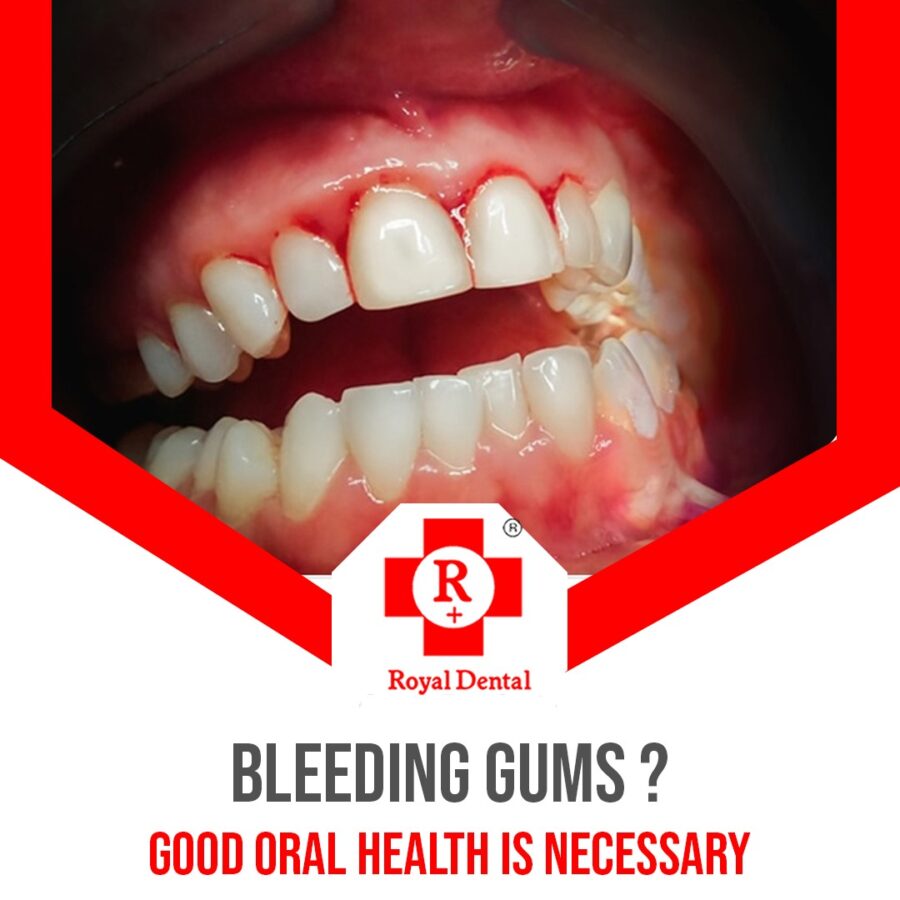
The most common cause of gingivitis is the accumulation of bacterial plaque between and around the teeth. Dental plaque is a biofilm that accumulates naturally on the teeth. It occurs when bacteria attach to the smooth surface of a tooth. This plaque can harden into calculus, or tartar, near the gums at the base of the teeth. This has a yellow-white color. Only dental professionals can remove calculus.A buildup of plaque and tartar can trigger immune responses that lead to gingival or gum tissue destruction. Eventually, it may lead to further complications, including the loss of teeth.
3 Ways To Prevent Gingivitis
Brush your teeth twice a day!
Use a soft-bristled toothbrush, and be sure to brush the gum line as well.While you’re sleeping, plaque-causing bacteria are multiplying in your mouth. Brushing your teeth first thing in the morning can be beneficial by removing this plaque and bacteria. Brushing your teeth in the morning also helps because it introduces fluoride into your mouth before you eat your first meal of the day. You can help cleanse your mouth of the bacteria that multiplied overnight, which helps lessen the number of particles that turn to acid from your breakfast!
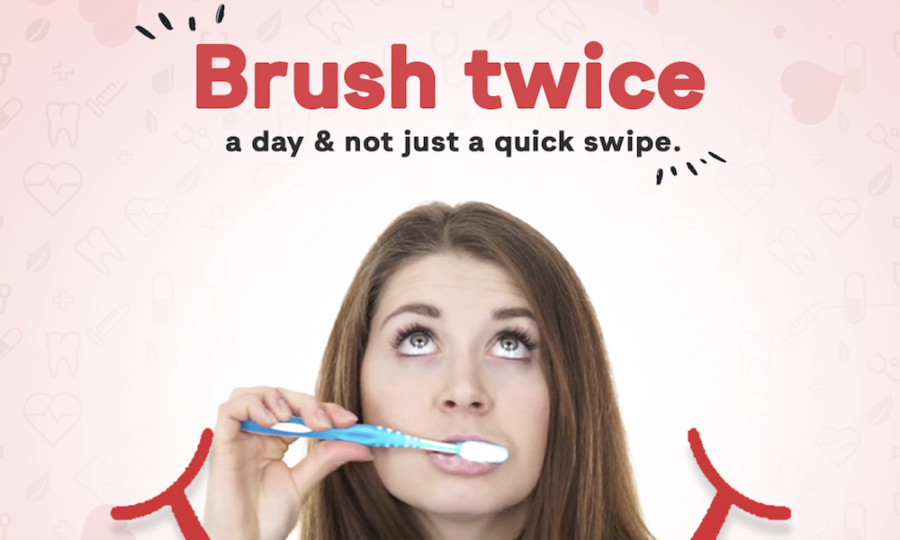
If you’re one of those who like to brush after a meal, be sure to wait at least 30 minutes before brushing. You Can brush immediately after finishing a meal, you may be removing those helpful minerals in your saliva. If you need a rinse after eating, drinking water or chewing sugarless gum can help increase saliva flow so that it can do its job in keeping your teeth healthy.
In addition, making sure you brush before heading to bed at night can limit any prolonged acid exposure while you sleep. In general, it’s plain important to brush twice a day to help remove harmful bacteria and particles from your mouth. However, you can elevate your routine by brushing first thing when you wake up, and last thing before you go to sleep.
Floss daily to prevent gum diseases
This removes the plaque that accumulates between your teeth, which is not reachable by a toothbrush alone. Your toothbrush can’t reach between your teeth to remove plaque (a sticky film that contains bacteria). Flossing gets between your teeth to clean away the plaque. By flossing and brushing your teeth, you’re removing plaque and the bacteria in it that feeds on sugar and particles of food that remain in your mouth after eating.
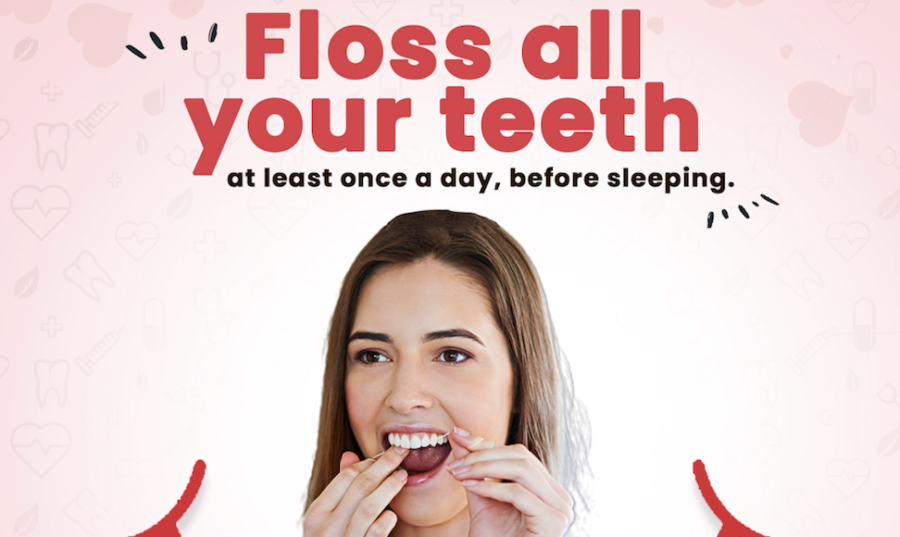
When the bacteria feed, they release an acid that can eat away at your enamel (the hard outer shell of your teeth) and cause cavities. Also, plaque that isn’t cleaned away can eventually harden into calculus (tartar) that can collect on your gumline and lead to gingivitis and gum disease.
See your dentist
Visiting the dentist for regular cleanings helps prevent gum disease from developing into periodontitis.While it’s true that visiting the dentist twice a year is a good rule of thumb for many people, the truth is that you have your own unique smile needs. So it depends on your oral hygiene, habits, and individual medical conditions.
Some people only need to visit the dentist once or twice are year, while others may need to go more often. So, always remember to ask your dentist when you should schedule your next appointment. And don’t worry! They’ll probably tell you when they want to see you next anyway.
Conclusion
Gingivitis is the mildest form of gum disease. It is an infection in the gums caused by bacteria that leads to swelling and bleeding. If left untreated, it can develop into Periodontitis, a more serious form of gum disease that can lead to tooth loss. Gingivitis is caused by bacteria that are found in everyone’s mouths. When plaque builds up on the teeth, it forms a sticky film that traps more bacteria.
This plaque buildup occurs when people do not brush and floss daily. Gum Disease is caused by the bacteria in plaque building up in the gums. This can lead to red, swollen gums, and bleeding. If left untreated, the bacteria can spread and cause damage to the bone and tissue that holds the teeth in place. If you have gum disease, there are steps you can take to reverse it.

